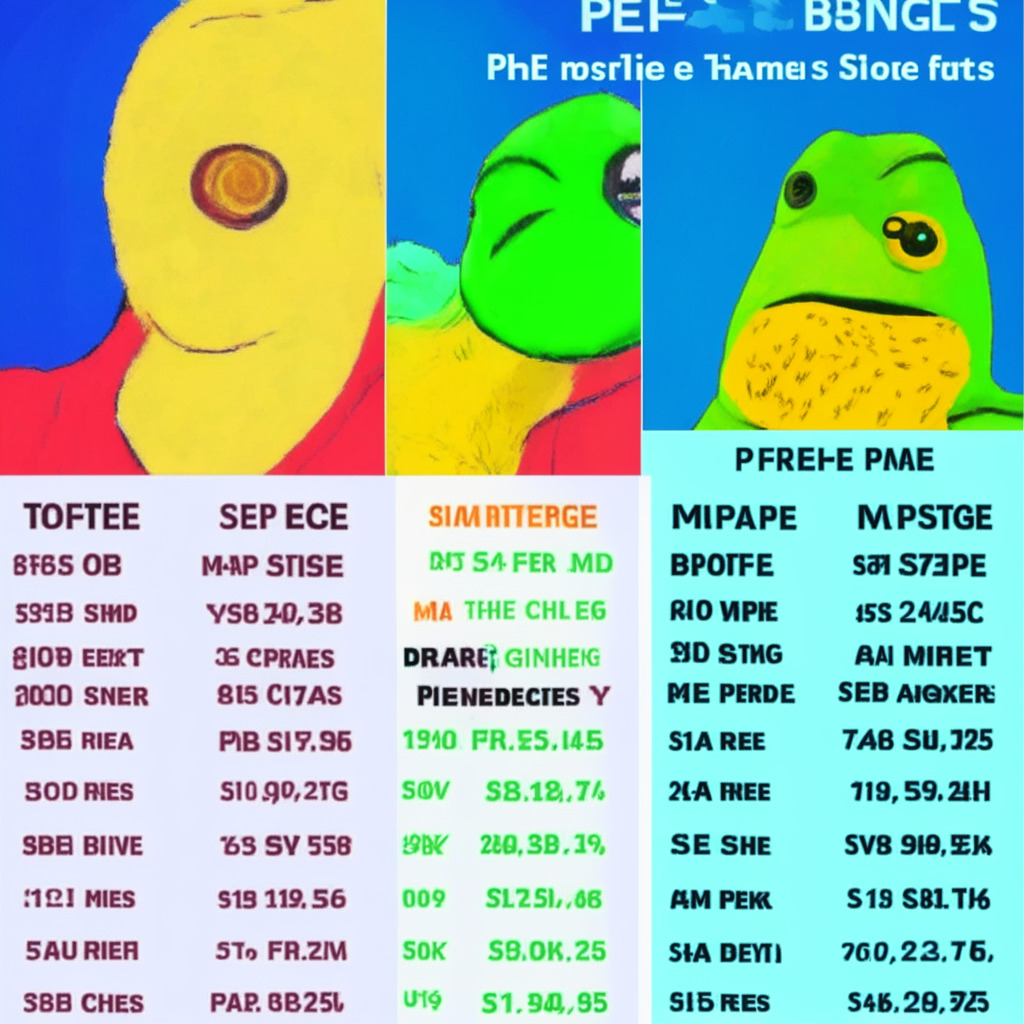The intriguing pattern of a popular technical analysis tool known as Bollinger Bands within the Bitcoin (BTC) sector is stimulating considerable interest amidst crypto traders and analysts. The primary cause for this is the impending release of the June U.S. inflation data.
Analysts have noted that the ‘Bollinger Band squeeze’ – a sharp constriction of market volatility – has been exhibited by Bitcoin only a few times in the previous decade. This has previously heralded shifts in market bias leading up to vital breakouts. Crystallizing the complexity momentarily, Bollinger Bands are a numerical lab created by John Bollinger to display volatility boundaries drawn two standard deviations from the 20-day Simple Moving Average (SMA) of an asset’s price. Fluctuations in price turbulence govern these bands’ expansion and contraction. Sharp constrictions, as we are seeing currently, usually indicate traders are girding themselves for a monumental move and tend to follow the prices if they breach the band.
Indeed, Bitcoin’s Bollinger bandwidth is currently at its lowest since January. Some analysts caution that while bands tightening usually forebodes a volatility explosion, they might not imply definitive, immediate market movement.
Where then does this leave us? Much of the current market speculation seemingly centers on the U.S. Consumer Price Index (CPI) data, due very soon. This data may have significant implications on the Federal Reserve’s interest rate projections and wield significant influence on the markets.
The latest figures estimate that the year-on-year CPI might have decreased from 4.0% to 3.1% in June, which might bring down the core figure from 5.3% to 5%. This approximation suggests a closer alignment with the Federal Reserve’s 2% target and reduces the likelihood for continuing interest rate hikes which partially spurred last year’s crypto crash. Consequently, Bitcoin might escape from its current Bollinger Band squeeze if the inflation data aligns with these predictions.
Contrarily, a report that auto prices have fallen by 10.3% in the past year, chalks up the 10th straight monthly decline. This could indicate that if CPI data comes in higher than anticipated, risk assets such as Bitcoin may see volatility on the downside.
As we wait with bated breath, BTC hovers tenuously around the $30,630 mark. The question remains – will the markets follow analysts’ expectations, or will Bitcoin chart its own course? Only time will tell.
Source: Coindesk




